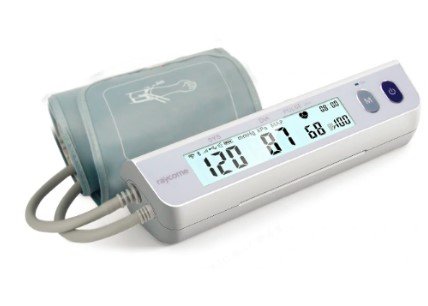Protocols for Receiving Faulty Medical Lab Equipment from Overseas Suppliers in the United States
Summary
- Proper inspection of the equipment upon arrival is crucial.
- Communication with the supplier about the faulty equipment is essential.
- Following regulatory guidelines for handling faulty medical lab equipment is important.
Introduction
Medical laboratories play a vital role in the healthcare system by providing crucial diagnostic information to Healthcare Providers. To perform their duties effectively, these laboratories rely on various equipment and supplies. Sometimes, these labs procure equipment from overseas suppliers, but what happens when the equipment arrives faulty or damaged? In this article, we will discuss the protocols that should be followed when receiving faulty medical lab equipment from overseas suppliers in the United States.
Inspection Upon Arrival
Upon receiving medical lab equipment from overseas suppliers, one of the first protocols that should be followed is a thorough inspection of the equipment. This inspection is essential to identify any damage or faults that may have occurred during transit. Here are some steps to follow during the inspection process:
- Check the packaging for any signs of damage such as dents, tears, or punctures.
- Inspect the equipment itself for any physical damage or missing parts.
- Power on the equipment, if applicable, to ensure it functions properly.
- Document any issues or damages discovered during the inspection process.
Communication with the Supplier
Once faulty equipment has been identified, it is important to communicate with the overseas supplier promptly. Clear and effective communication can help resolve the issue in a timely manner. Here are some important steps to take when contacting the supplier about faulty equipment:
- Provide detailed information about the issues or damages discovered during the inspection process.
- Share relevant photos or videos to help the supplier understand the extent of the problem.
- Request a resolution plan from the supplier, such as repair, replacement, or refund.
- Keep a record of all communication with the supplier for future reference.
Regulatory Guidelines
When dealing with faulty medical lab equipment, it is crucial to follow regulatory guidelines to ensure compliance and patient safety. The FDA and other regulatory bodies have specific requirements for handling faulty equipment, and failure to comply can result in serious consequences. Here are some regulatory guidelines to keep in mind:
- Report faulty equipment to the FDA if it poses a risk to patient safety.
- Follow Proper Disposal procedures for irreparable equipment to prevent environmental hazards.
- Document all actions taken regarding the faulty equipment for regulatory compliance.
- Regularly review and update internal protocols for handling faulty equipment to stay current with Regulations.
Conclusion
Receiving faulty medical lab equipment from overseas suppliers can be a challenging situation, but by following the right protocols, labs can effectively address the issue and ensure patient safety. Proper inspection, communication with the supplier, and adherence to regulatory guidelines are key steps in handling faulty equipment. By staying informed and proactive, medical labs can maintain high standards of quality and safety in their operations.

Disclaimer: The content provided on this blog is for informational purposes only, reflecting the personal opinions and insights of the author(s) on the topics. The information provided should not be used for diagnosing or treating a health problem or disease, and those seeking personal medical advice should consult with a licensed physician. Always seek the advice of your doctor or other qualified health provider regarding a medical condition. Never disregard professional medical advice or delay in seeking it because of something you have read on this website. If you think you may have a medical emergency, call 911 or go to the nearest emergency room immediately. No physician-patient relationship is created by this web site or its use. No contributors to this web site make any representations, express or implied, with respect to the information provided herein or to its use. While we strive to share accurate and up-to-date information, we cannot guarantee the completeness, reliability, or accuracy of the content. The blog may also include links to external websites and resources for the convenience of our readers. Please note that linking to other sites does not imply endorsement of their content, practices, or services by us. Readers should use their discretion and judgment while exploring any external links and resources mentioned on this blog.
